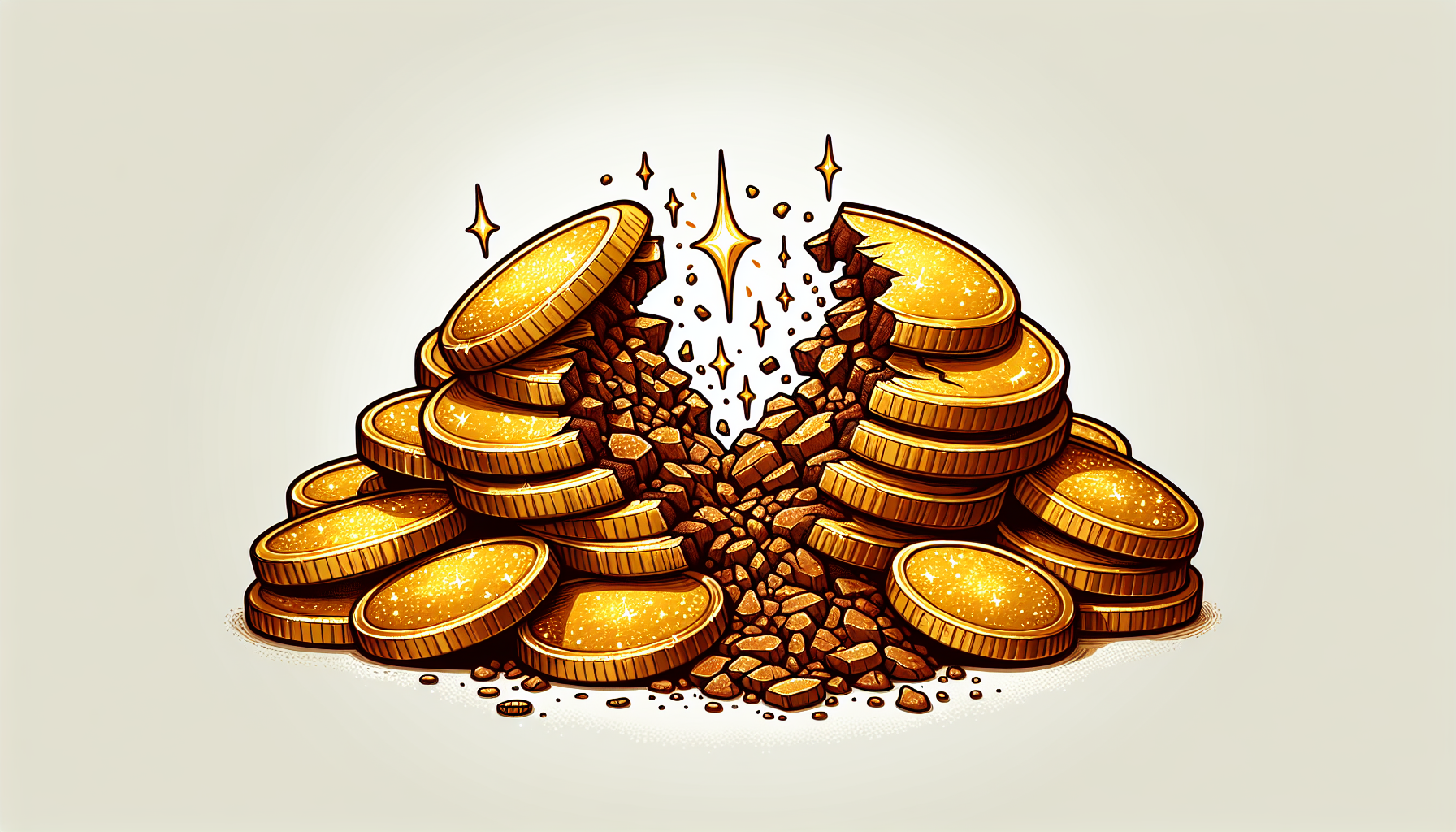Driving Through History and Nature: A Mechanic’s Philosophy of Time, Heritage, and Sustainability

For most people, a car is simply a mode of transportation. For this mechanic, however, every car is a story waiting to be told. Their workshop is a treasure trove of history, filled with vehicles from bygone eras that bear the marks of their time. Whether it’s the sleek, aerodynamic lines of a 1950s roadster or the rugged utilitarianism of a 1970s station wagon, each car holds a unique narrative of human ingenuity and design. This passion for vintage cars is deeply personal. The mechanic has made a deliberate choice to drive only vehicles older than themselves, a decision rooted in their philosophy of heritage and sustainability. For them, restoring classic automobiles is not just about repairing engines or buffing out scratches; it’s an act of honoring the craftsmanship of the past. The dents and imperfections on a car tell a story of its journey, while the act of restoration brings that story back to life. Their work also stands as a quiet rebellion against modern consumer culture, which prioritizes disposability and novelty over longevity and care. By keeping old cars on the road, the mechanic rejects the cycle of endless upgrades and replacements. Instead, they offer a sustainable alternative: preserving what already exists and making it functional again. One example of their work is a 1967 Mustang they restored for a local family, who wanted to keep the car as a cherished heirloom rather than sell it for scrap. The project took over a year, but the result was not just a functioning vehicle—it was a piece of history brought back to life. “Cars like these deserve to be driven, not forgotten,” the mechanic says.
Bonsai: Nature in Miniature
Outside the garage, the mechanic’s love of preservation extends to the natural world, where they practice the ancient Japanese art of bonsai. Bonsai trees, like vintage cars, are symbols of time, patience, and care. Cultivating bonsai involves carefully pruning and shaping a tree to reflect both the grower’s vision and the essence of the tree itself. For the mechanic, bonsai represents a philosophical counterpoint to their work with cars. While restoring a car involves a certain amount of control and intervention, bonsai demands a subtler touch. The mechanic speaks of bonsai as “a lesson in humility,” one that forces them to grapple with the balance between shaping nature and respecting its inherent forms. Much like their approach to cars, their bonsai practice raises questions about ethics and aesthetics. Should a bonsai tree be shaped to fit human ideals of beauty, or should it be left to grow naturally? Similarly, when restoring a car, should it be polished to showroom perfection, or should its imperfections be left intact as a testament to its history? One of their prized bonsai trees is a 50-year-old juniper, which they have cultivated for over a decade. Its twisted branches and weathered bark tell a story of resilience and care, much like the cars in their workshop. The tree, they say, is a daily reminder of the beauty that comes from patience and attention to detail.
Time, Heritage, and Sustainability
The unifying thread between the mechanic’s passions is their profound respect for time. Both vintage cars and bonsai trees require a long-term commitment, challenging the modern obsession with instant results. Restoring a car can take months or even years, while cultivating a bonsai is a lifelong journey. In both cases, the process is as rewarding as the outcome. This respect for time also ties into their philosophy of sustainability. By choosing to restore and maintain old cars instead of buying new ones, the mechanic reduces waste and minimizes their environmental footprint. Similarly, bonsai cultivation emphasizes care and longevity over the short-term gratification of disposable gardening. In a world increasingly defined by fast fashion, fast food, and fast technology, the mechanic’s lifestyle offers an alternative: one that values quality over quantity, patience over immediacy, and preservation over consumption.
The Intersection of History and Nature
What makes the mechanic’s story truly fascinating is the way their passions—vintage cars and bonsai—intersect. On the surface, these two interests seem unrelated. One is a celebration of human engineering, while the other is an homage to the natural world. Yet both require a deep understanding of time and a commitment to preservation. This intersection also highlights a deeper tension between control and harmony. In their garage, the mechanic works to restore machines that were designed to conquer nature, whether by speeding down highways or crossing rugged terrain. In the garden, however, they must submit to nature’s slower rhythms, shaping bonsai trees without overpowering them. This duality reflects a larger question that defines modern life: How can we balance human innovation with respect for the natural world?
The heritage auto mechanic’s life is more than a collection of niche hobbies—it’s a philosophy that challenges us to rethink our relationship with time, history, and the environment. Through their dedication to vintage cars and bonsai, they remind us that preservation can be a form of progress, and that patience and care are virtues worth cultivating. In a society that often prioritizes speed, convenience, and consumption, their story is a powerful counterpoint. By choosing to drive cars older than themselves and nurture bonsai trees over decades, they offer a vision of a slower, more deliberate way of living—one that honors the past while remaining mindful of the future. Their journey is a testament to the beauty of taking the long road, both literally and metaphorically. In the rumble of a restored engine and the quiet growth of a bonsai tree, we find a reminder that life’s greatest rewards often come not from rushing forward, but from pausing to appreciate what came before.
Classic Car Restoration Specialist
Independent restoration workshops, luxury car collectors, or automotive museums
Core Responsibilities
Restore vintage automobiles to their original or custom condition, focusing on pre-1980s vehicles.
Conduct engine rebuilding, bodywork repairs, and historical preservation using era-appropriate techniques and materials.
Research and source rare, authentic parts for historically accurate restorations.
Required Skills
Expertise in mechanical engineering, welding, and automotive painting techniques.
Knowledge of automotive history and design trends from specific eras.
Attention to detail and a passion for preserving automotive heritage.
Sustainability Consultant for Heritage Projects
Nonprofits focusing on heritage conservation, consultancy firms, or government preservation agencies
Core Responsibilities
Develop strategies for preserving historical artifacts, buildings, or vehicles while minimizing environmental impact.
Collaborate with restoration experts to ensure sustainable practices, such as sourcing eco-friendly materials.
Advocate for reducing waste through upcycling and restoration efforts.
Required Skills
Background in environmental science or sustainability, paired with an understanding of historical preservation.
Strong project management and stakeholder communication skills.
Familiarity with life cycle assessments for reducing carbon footprints.
Automotive Historian and Archivist
Automotive museums, historical societies, or specialty publishers
Core Responsibilities
Document the history, design, and cultural impact of vintage automobiles.
Curate collections and exhibits for museums or private collectors, showcasing the evolution of automotive engineering.
Write articles, produce documentaries, or deliver lectures on the role of automobiles in cultural history.
Required Skills
Advanced knowledge of automotive history, design, and engineering.
Research and archival skills, including cataloging and preserving historic artifacts.
Excellent communication and storytelling skills to engage diverse audiences.
Bonsai Horticulturist and Educator
Botanical gardens, private bonsai nurseries, or cultural institutions
Core Responsibilities
Cultivate and maintain a wide variety of bonsai trees, using advanced pruning, wiring, and shaping techniques.
Lead workshops, classes, and public demonstrations on the art and philosophy of bonsai cultivation.
Collaborate with botanical gardens or conservation groups to promote the cultural and historical significance of bonsai trees.
Required Skills
Mastery of bonsai-specific horticultural techniques and styles (e.g., formal upright, cascade).
A deep understanding of plant care, including soil, watering, and pest management.
Teaching or public speaking experience to inspire and educate others.
Artisan Craftsperson in Sustainable Design
Artisan studios, eco-friendly furniture companies, or individual commissions
Core Responsibilities
Create functional and artistic products using reclaimed or repurposed materials.
Design custom pieces that blend traditional craftsmanship with modern sustainability principles.
Collaborate with clients to deliver bespoke works that honor history and promote eco-consciousness.
Required Skills
Proficiency in woodworking, metalworking, or other artisanal crafts.
Ability to source and work with sustainable or recycled materials.
An eye for design and a commitment to preserving traditional techniques.


